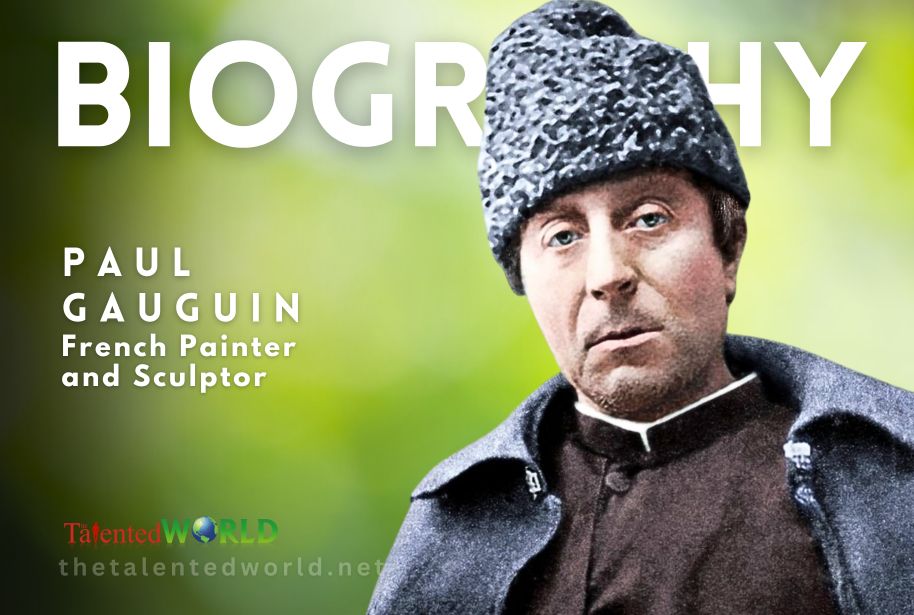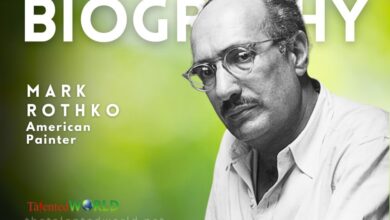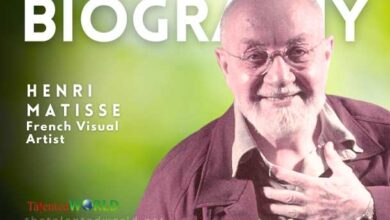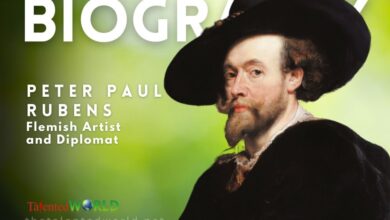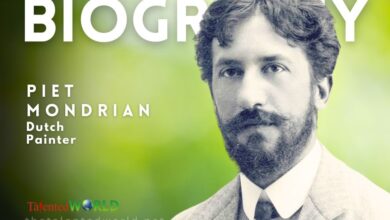| Full Name | Eugène Henri Paul Gauguin |
| Date of Birth | 7 June 1848 |
| Place of Birth | Paris, French Second Republic |
| Date of Death | 8 May 1903 |
| Place of Death | Atuona, Marquesas Islands, French Polynesia |
| Occupation | Painter, sculptor, printmaker, ceramist, writer |
| Known For | Experimental use of color, Synthetist style, Post-Impressionism, Symbolist movements |
| Spouses | Mette-Sophie Gad (married 1873, separated 1894), Teha’amana (married 1891, separated 1893) |
| Artistic Contributions | Developed a distinct style characterized by bold use of color and less traditional subject matter, influential wood engraving and woodcuts |
| Influences | Association with Camille Pissarro and other Impressionist artists |
| Notable Locations | Worked in Brittany, Martinique, and Tahiti |
| Controversy | Controversially married three adolescent Tahitian girls during his time in Tahiti |
| Posthumous Recognition | Popularization of his work after his death, influenced the French avant-garde and modern artists like Picasso and Matisse, known for his relationship with Vincent and Theo van Gogh |
| Health and Struggles | Faced health issues and financial struggles during his later years in Tahiti and the Marquesas Islands |
